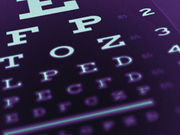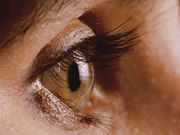Tag: Myopia (Nearsightedness)
High Incidence of Myopia Among Chinese Schoolchildren
Incidence of myopia based on refraction without cycloplegia is 20 to 30 percent each year
Time Spent in Education Is Causal Risk Factor for Myopia
University graduate would be ≥−1 dioptre more myopic than someone leaving school at 16
Significantly Higher Serum Melatonin in Human Myopes
Positive correlation for melatonin concentration with more negative spherical equivalent refraction
Crowded Living Conditions May Up Myopia Risk in Children
Population density, home size predict axial length, non-cycloplegic refractive errors after adjustment
Findings Support Lower Doses of Atropine in Pediatric Myopia Rx
Efficacy of atropine is independent of dose, while adverse effects are dose dependent
Ultraviolet B Radiation Exposure Tied to Decreased Risk of Myopia
More exposure to sun's UVB rays between ages 14 and 29 linked to lower risk
Myopia Imposes Large Burden on Adults in the United States
Women at higher risk of progressive high myopia than men
Implantable Collamer Lens Effective for Correcting Myopia
Long-term benefits with high predictability and stability; cataracts developed in 2.1 percent of eyes
More Outdoor Time at School May Help Prevent Myopia in Children
Adding 40 minutes of outdoor time to daily school schedule tied to lower rate of myopia













